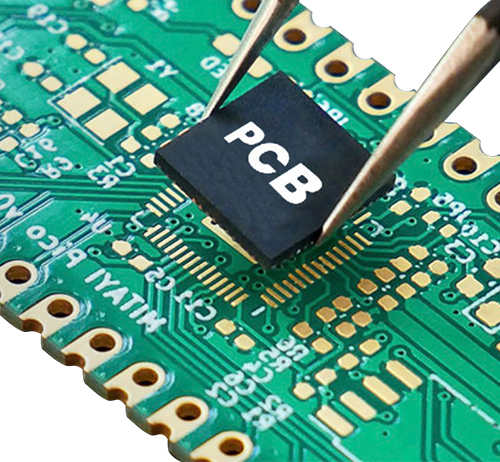Time:2022-09-07 Visit:
The number of layers is generally multi-layer board
Thickness: 2.5mm or more
Large PCB aspect ratio
Big board size
There are few outer layer traces, and most of them are designed with square holes.
Back-drilled vias are typically 0.2mm larger than the vias that need to be drilled
Back drill depth tolerance: +/- 0.05mm

The importance of ISO13485 for medical pcb circuit boards
ISO 13485 is a quality management system standard specific to medical devices with a focus on safety. More specifically, the focus is on managing risk - anticipating and solving problems before they occur. ISO 13485 is about the potential risks involved and mitigating those risks during and after the manufacture of medical pcb circuit board products. It is a specific ISO standard that serves as an integrated management system for the design and manufacture of medical devices.
Like other ISO standards, its focus is on continuous improvement of processes and quality systems. In addition, the main focus is on clearly listed cleaning procedures as medical pcb circuit board products go through different stages of development and production, and batches are tracked over time.
Many key factors must be considered during the design layout stage of medical pcb circuit board products. Most prominent are checks and balances at the layout stage, component selection and cross-referencing when needed, full fabrication and assembly drawings, and test coverage for on-board ICT or flying probe testing. Proper separation of power and ground planes is critical to reducing noise and crosstalk. A high or relatively high signal-to-noise ratio (SNR) is undesirable in medical electronics designs. SNR can adversely affect the signal, preventing correct medical device readings and subsequent patient diagnosis. It is best to use enough ground planes as needed. These layers help suppress noise and keep SNR at desired levels.